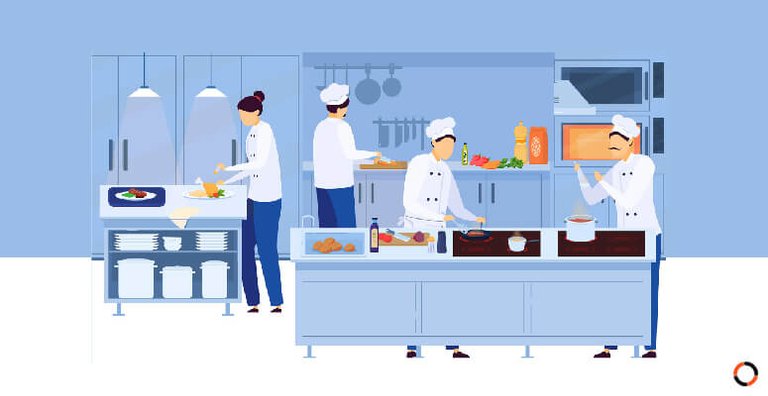 ](Multi Restaurant Delivery Service Software)
](Multi Restaurant Delivery Service Software)
Restaurants are situated in different parts of the city and food tech companies added themselves under a single roof in an online system. Customers ordering meals from their preferred eating house, and they expect the delivery within 30 minutes. Multi restaurant delivery service software shows the restaurant names and a list of food items online. If a customer needs a meal from any far-away eating house, then they should wait for more than an hour for getting the food delivery. Consumers should pay an additional fee for long-distance and the company should provide a high charge to riding partners. In this case, the freshness of the food may be affected due to the distance.
New model: A cloud kitchen has no space for a dine-in facility. It depends on online food orders placed through a website or mobile app. It is a new concept of multi restaurant delivery service software where the company builds a common kitchen for multiple hotels in a single location and all the virtual hotels are sharing the same for food preparation. The company takes care of kitchen equipment and restaurateurs provide an experienced team of employees. The company and the restaurants are sharing the operational expenses and It will be helpful to improve the profit for both parties.
Business process: The customer does not know the exact address of the kitchen. They put online food orders using their smartphone. Consumers believe that the meal comes from a normal hotel. But, in reality, the recipes are prepared and delivered from the virtual restaurant. If the drivers are delivering meals from real restaurants, then they are flying across their zone for picking the meal from various places. But in this concept, all the hotels are situated in the same place, and it eases the food dispatch process for riding partners.
Cost Cutting: Restaurateurs need a huge amount for constructing a restaurant. If they plan to use the rental building, then they should pay the deposit amount to the landlord. Additionally, They should pay monthly rent for the eatery. If they join in the cloud kitchen model, then they should spend less amount for registration, and monthly rent. In this concept, Online hotels and food tech companies are acting as partners. The company provides order charges and incentives to riders, and they won't provide any salary for restaurant employees. The restaurateur gives the salary for their cooking staff. The cloud kitchen has a common inventory management system to minimize the cost of meal preparation.
Multiple brands: The cloud kitchen concept is flexible for launching more brands for each restaurant. Multiple cuisines are added under a single brand in the physical restaurant concept. In the cloud kitchen, the restaurateur can prepare multi-cuisine foods with different brand names. He can operate many virtual hotels by sharing the same kitchen. Multi restaurant delivery service software listed all the brands and their food items in food ordering application and it does not show the restaurant location to consumers.
Marketing activities: The cloud kitchen has no physical outlet and their marketing activity differ from normal eating houses. Foodies do not know the location, and they are restricted to enter into the kitchen. The company should focus on digital marketing for strengthening the online presence. If the cloud kitchen is unpopular, then they will tie-up with popular third party delivery partner applications to improve their online visibility. Unpopular brands of online restaurants can partner with popular restaurants for providing offers to enhance their brand awareness.
Many multi restaurant software do not offer the food delivery app(driver app), For this customer are using the 3rd party delivery services for their food delivery. The Outfleet delivery management software provides the web services api to connect with order receiving websites.